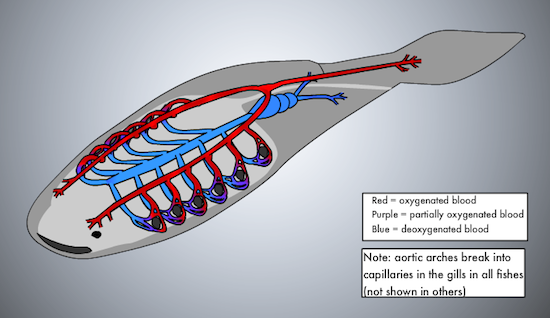CreatureCast – PhyloTree (full resolution link) from Casey Dunn.
An introduction to PhyloTree, a browser for the Tree of Life (or at least a very rough approximation of the Tree of Life) available at dunnlab.org/phylotree .
This video demonstrates some of the features of PhyloTree. It then shows the early explosive discovery of mammal species (most major mammal groups were discovered early on), and then shows the slow and steady discovery of cnidarians (many cnidarians remain to be described). The tool can also be used to quickly find the first species that was described in a group. The first siphonophore to be described, for example, was Physalia physalis (the Portuguese man o’ war).
Music is “Butterfly” by Delicate Steve (delicatesteve.com/).


